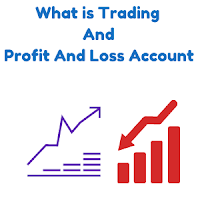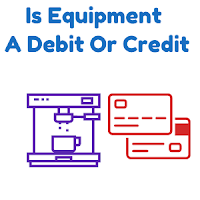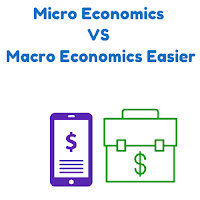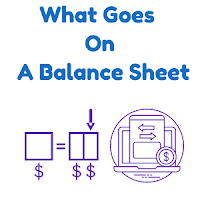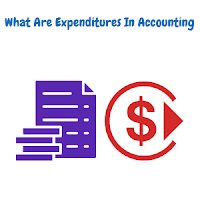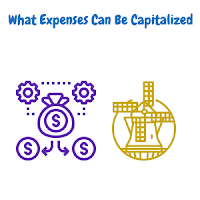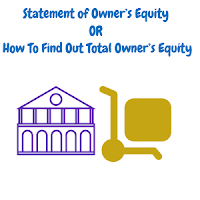What is Dividend In Accounting - Definition - Meaning

Dividend is the amount of profits distributed to shareholders or stockholders in a company or corporation periodically usually annually. It is a Contra Equity Account which is deducted from the Equity on Balance Sheet . The normal balance of dividend account is Debit as it is the reversal of Equity . When the company paid it to shareholders, then it is deducted from equity and when is payable by the company to shareholder, then it is co nsidered as a Current Liability , “Dividend Payable”is created. Cash Dividend Paid To Shareholder / Stockholder In Cash Flow Statement Cash Dividend paid is shown on Cash Flows Statement under Cash from Financial Activities that is obtained by adding any decrease in dividend payable to dividend declared or ducting any increase in dividend payable to dividend declared during the accounting period. Dividend T-Account is prepared to record Transactions related to it. The closing
